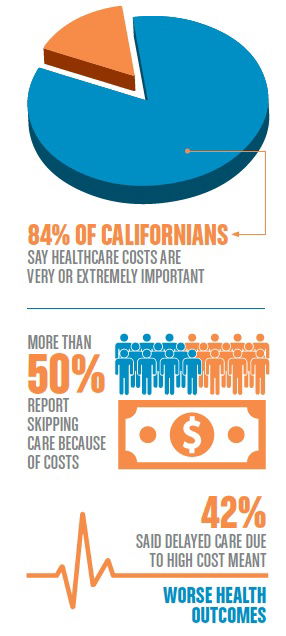1929- Ross-Loos Clinic opens in Los Angeles, first prepaid group practice of physicians providing medical care for workers in the city's water department. Established in 1929 by physicians, Donald E. Ross and H. Clifford Loos. The plan of monthly payments assured benefits of socialized medical and hospital care to over two thousand employees of the Los Angeles County Department of Water and Power and their families.
1938- Blue Shield Physician Insurance established. Blue Shield Physician Insurance was established in the California Medical Association House of Delegates to create California Physicians' Service (CPS) on Dec. 18 1938 by a vote of 114-12.
1945 -Kaiser's “Permanente Health Plan” offered to the public, having served dam, steel, and ship-building workers. Sidney R. Garfield, MD, wanted to keep practicing his new form of health care delivery, and Henry J. Kaiser wanted the plan to continue as well. Therefore, on July 21, 1945, the Permanente Health Plan officially opened to the public. In 10 years, enrollment surpassed 300,000 members in Northern California. In these early years, the success of the health plan was largely the result of support from unions. Two unions — the International Longshore and Warehouse Union and the Retail Clerks Union — were the driving force behind bringing the health plan to Los Angeles.
1959- Federal Employees Health Benefits Act: FEHBA and its subsequent amendments established the parameters for eligibility; election of coverage; the types of health plans and benefits that may be offered; and the level of the government’s share of premiums. They also established an Employees Health Benefits Fund to pay for program expenses and put forth provisions for studies, reports, and audits.
1962- CalPERS, is an agency in the California executive branch that manages pension and health benefits for more than 1.6 million California public employees, retirees, and their families. In 1962 allowed to provide health insurance benefits to State of California employees.
1965- Medicare and Medicaid established. On July 30, 1965, President Lyndon B. Johnson signed the Social Security Amendments of 1965 into law. With his signature he created Medicare and Medicaid, which became two of America's most enduring social programs.
1971- Medi-Cal coverage via capitated "prepaid health plans" authorized in the reform package of Governor Ronald Reagan.
1973- Federal Health Maintenance Organization Act- Was Federal program to develop alternatives to the traditional forms of health care delivery and financing by assisting and encouraging the establishment and expansion of HMOs.
1975- Knox-Keene Health Care Service Plan Act- is the set of laws or statutes passed by the State Legislature to regulate health care service plans, including health maintenance organizations (HMOs) within the State. These regulations are codified under title 28 of the California Code of Regulations.
1979- HMO Act Amendments remove barriers to for-profit operations- a Federal program to develop alternatives to the traditional forms of health care delivery and financing by assisting and encouraging the establishment and expansion of HMOs.
1982- California legislation enables preferred provider contracting, launching the PPO product trend. PPOs came into existence because the oversupply of hospital beds and physicians in many areas of the country allowed payers to negotiate discounts with these providers. Essentially, a surplus of providers equates to a buyer's market.
1993 -State expands county-based Medi-Cal managed care. In 1993, the department released a "strategic plan" intended to rapidly move the Medi-Cal Program toward a "managed care" approach for providing services to Medi-Cal beneficiaries. In this section, we make several recommendations regarding the department's proposed expansion.
1997- Children's Health Insurance Program established. Is an Insurance program that provides low-cost health coverage to children in families that earn too much money to qualify for Medicaid but not enough to buy private insurance.
1999- California's Patient Bill of Rights. A right to privacy, dignity, respect, and humane care. A right to receive treatment for a diagnosed mental disorder that is provided in a method least restrictive of individual liberty and promotes personal independence.
2003-Medicare Part D is established. Medicare Part D is simply insurance for your medication needs. You pay a monthly premium to an insurance carrier for your Part D plan. In return, you use the insurance carrier's network of pharmacies to purchase your prescription medications.
2010- Commercial enrollment is dominated by managed care; 53% HMOs; 24% PPOs; and 23% self-insured plans Health Care Reform: The Affordable Care Act.
- The Affordable Health Care Act was signed into law by President Barack Obama on March 23, 2010, along with a fixed bill on March 30th.
- After coverage expansions under the Affordable Health Care Act (ACA) took effect in 2014, California’s uninsured rate declined substantially from 17% to about 7%, where it has held steady since 2016. California’s decision to expand Medi-Cal to cover most low-income adults without children or a disability.


